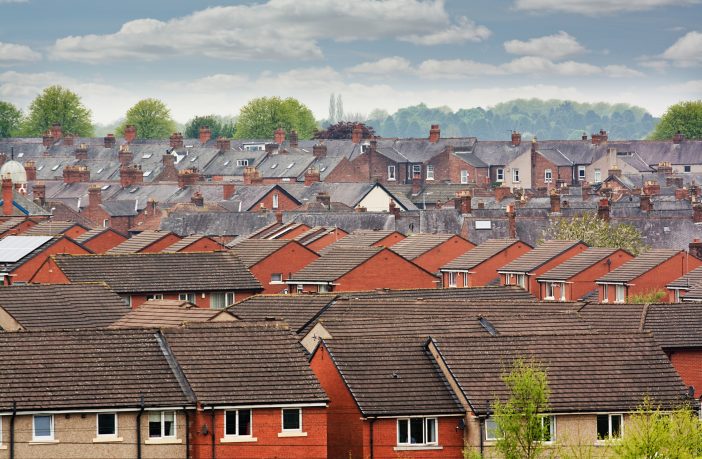Lecturer in Economics, Alan Shipman, discusses the delicate balancing act the government has to perform and why a new social divide may be emerging.
After another rise of more than 8% in 2016, UK house prices set for flatter – and bumpier – terrain in 2017-20. The likely levelling is mainly caused not by government efforts to boost new house-building and rein-in the buy-to-let landlords, but by the slower growth and higher borrowing costs now expected in the years preceding Brexit.
Bounced into building
There’s now a cross-party consensus in favour of significantly stepping-up house-building in the UK – from around 150,000 completions per year at present to the 200,000 per year needed to address the country’s long-running housing shortage. The government has already shifted its policy emphasis from schemes such as ‘Help to Buy’ , which boosted housing demand, to initiatives designed to increase supply. These include relaxing the conditions for planning permission , and making additional funding available. George Osborne in his last (2015) Autumn statement pledged £2bn extra per year in pursuit of 400,000 additional homes by 2020 .
More affordable housing is urgently needed to tackle the social problems that arise when houses become too expensive for most households to buy, even if mortgage interest rates stay low.
The average house price in England rose above £200,000 in 2016 after another 8% annual rise, while the average salary was still below £27,000. That England average is distorted by London, where the average price of a home passed £480,000 in 2016. But even in lower-cost areas such as the North East (£130,000) and Wales (145,000), many households are no longer earning enough – after over a decade of stagnant or falling real incomes – to raise a large enough mortgage for house purchase, or save the necessary deposit. With private sector rents rising in line with house prices, this unaffordability has a direct public cost – the government’s rising bill for housing benefit, which reached 10% of the welfare bill (£27bn) in 2015.
Balancing act
More green spac es are likely to disappear under new-build housing because the government has to perform a delicate balancing-act. It wants to make homes more affordable for the large minority (almost 40%) of households who don’t currently own them. At the same time, it doesn’t want to inflict a price fall on the majority – still over 60% – who are still owner-occupiers, half with mortgages to pay back.
es are likely to disappear under new-build housing because the government has to perform a delicate balancing-act. It wants to make homes more affordable for the large minority (almost 40%) of households who don’t currently own them. At the same time, it doesn’t want to inflict a price fall on the majority – still over 60% – who are still owner-occupiers, half with mortgages to pay back.
This has increased the priority given to building low-cost ‘new neighbourhoods’ that are sufficiently different, in location and type of building, not to push down the resale prices of homes in older neighbourhoods.
But the driveway to new homes in the UK is a long and winding one. Unlike the house-building booms of the 20th Century, in which central and local government played a central role, today’s politicians are relying on commercial housebuilders and Housing Associations to meet those larger housebuilding targets. Those organisations don’t like to build faster than will yield a profit, or at least ensure that all costs are covered. A range of economic problems ahead – including much slower national output and income growth in 2017 , higher import prices, a drop in migration if the government chooses ‘hard’ Brexit, and an eventual rise in interest rates – is likely to make homes costlier to build and harder to sell.
A new social divide
So, despite hopes that an expanding Generation Rent would force a big re-think on housing policy, this is still being shaped by the majority who own, and have invested heavily in their property. Despite recent efforts to restrain buy-to-let landlords by the Treasury and Bank of England , a new social divide may even be emerging – in which more fortunate households own more than one property, as part of their saving and pension plans, letting-out to less fortunate households who have given up on ever becoming buyers. And for those who do buy, more are likely to settle for a space-saving stacked apartment, not the detached home with garden on which grand visions of a ‘property-owning democracy’ were traditionally built.
Learn more:
- Study Economics with The Open University
- Read more articles by Alan Shipman



